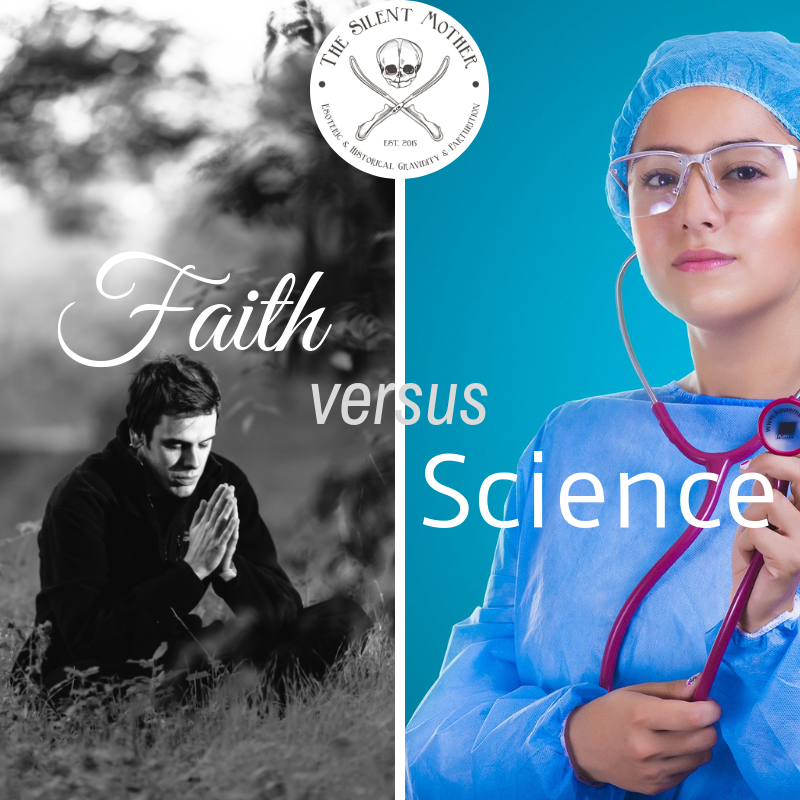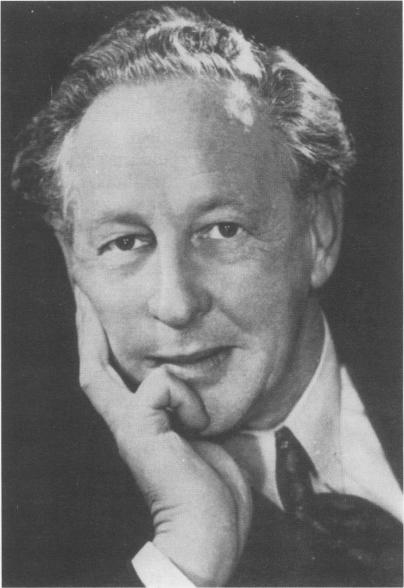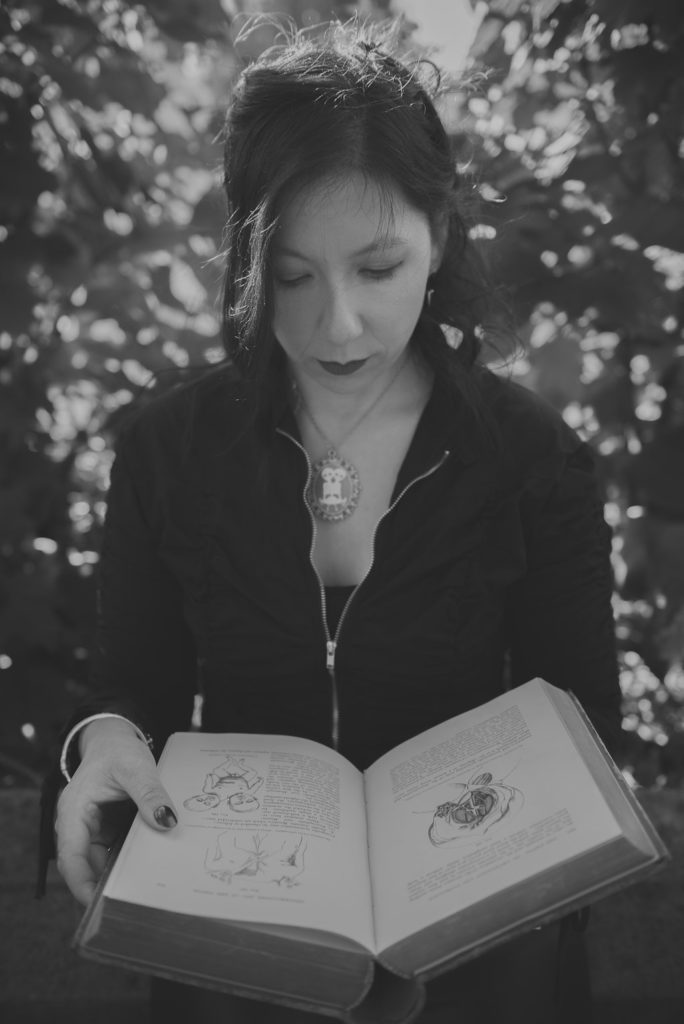Before we delve in, a point of clarification: For the purposes of this article, the word faith will have a few different usages. The term will refer to religious faith, faith in god or faith in the religious institutions. Faith will also refer to faith in the physician from the perspective of the patient, as well as faith in one’s self. I am intentionally using the term’s interchangeability because I believe that religious faith is not dissimilar from faith in one’s physician or faith in one’s self which will be elucidated further on.

Roth approaches religion (faith) and medicine from the perspective of conflict. “To the scientists who hold no brief for religion, the ancient antagonism of the church to science is difficult to overlook.”[1] Barbour refers to this as the “conflict thesis”, which he says, “originated in the after math of the Darwinian controversy.”[2] This he also describes as “oversimplified”. The conflict theory neglects to look at any connections faith and medicine may have and assume one correct perspective. I tend do agree with Barbour on this, as does Levin in taking a more nuanced approach to the discussion of faith and medicine.
Barbour refers to this as the “conflict thesis”, which he says, “originated in the after math of the Darwinian controversy.”[2] This he also describes as “oversimplified”. The conflict theory neglects to look at any connections faith and medicine may have and assume one correct perspective. I tend do agree with Barbour on this, as does Levin in taking a more nuanced approach to the discussion of faith and medicine.
According to Roth, “Religion and science do share one common feature that is beyond argument. Each has its own faith, although they are centered in different principles. Religion places faith in there being a Lord of the universe. Science lets its faith repose a dictum of the classical Greeks to the effect that all features of the universe can ultimately be explained by the methods of science […] If both show a propensity to harbor a faith, that fact alone may be ground for collaborative participation in joint endeavors.”[3] The expression of that faith will vary, but at its core, faith is fundamental for people to move through life’s transitions. In this case the context of the transition of pregnancy and childbirth, from individual to mother.
Levin, sees the conflict thesis as a false dichotomy because the literature in various academic fields use their own, somewhat narrow perspectives to argue their points, rather than being in conversation with one another, “the topic of faith and medicine (both terms loosely defined) remains a consistently marginal subject within Western medicine, due in part to the tendency for academicians from divergent fields and disciplines to work at advancing different agendas in isolation from each other.”[4] This lack of interactive conversation leads to the belief that faith and medicine are in their own corners of the boxing ring in an adversarial relationship, rather than being able to see the congruity.
Levin tells us that medicine is a problem for faith and that faith is a problem for medicine. These two meta-approaches mean that “faith engaged through a scientific, or medical-scientific, lens so that insights may be brought to bear on how faith-related constructs contribute to medically defined outcomes.”[5] In other words, the faith of the patient has direct impact on medical treatment and the results of such treatment. Here, I am in accord with Levin’s premise.Faith is a contributing factor to the social determinants of health.
The other meta-approach Levin mentions is that faith is a problem for medicine. This has to do with how the medical provider or medical institution are viewed through a religious lens. “The domain of faith has something to vital to say to and about the domain of medicine, drawing on the understandings of the prophetic role of religion, of theodicy and social justice, and of the way in which divine law defines norms of human actions.”[6]
There is a well-established assumption that secular medical practice supplanted religious responses to illness.[7] I don’t find this to be the case. Faith and the spiritual part of medical practice morphed to inform the structure of medical practice overall and that physicians’ faith is still integral to their practice. When we look at medicine from a wider perspective, we see any number of issues where faith not only informs medicine but is part of medicine. Issues like end of life care, giving or receiving of blood products, stem cell research or usage, circumcision, vaccines, abortion,birth control, and analgesia during childbirth are only a few highlights of issues commonly described as a conflict between faith and medicine with only one resolution possible.
However, seeing these as conflicts is only one myopic perspective. I’d venture to call it a fallacy of false dilemma. I see another option, that of faith and medicine, with the two as being deeply interconnected.Read’s strong adherence to the dogma which he preaches, and the devotion of his followers bolsters the argument that faith and medicine are truly inseparable.When we start to dig into these issues, we find that they exist at the intersection of medicine and morality where scientific evidence will not sway the believer from their position of faith as evidence to the contrary most often causes the believer to believe more staunchly in their faith.
Even as we look to contemporary discussion over natural childbirth versus a more medically managed model, the argument and counter arguments are still the same. Fundamentally, it becomes a somewhat dogmatic discussion of “I believe” from both sides. The argument becomes that of belief in the self with the inherent trust in nature or belief / faith in medicine and physicians. Where a person places their faith and trust,be it in self, God or physician, the model and practice of faith is shared while the expression of such faith differs. This interconnectedness, and the parallels contained within, are not seen by Read’s contemporaries, yet the scholarship presents a strong case for it. To understand how Read came to be at the intersection of faith and medicine, we need to first look to the genesis of his ideas.
Next Up: Read’s Origin Story and Background
[1]Roth, N. (1976), The Dichotomy of Man: Religion vs. Science, p. 152
[2]Barbour, I. G. (1997), Religion and Science, historical and contemporary issues, p. 24
[3] Roth, N. (1976), The Dichotomy of Man: Religion vs. Science, p. 153
[4]Levin, J. (2018), The discourse on faith and medicine, a tale of two literatures, p. 267
[5]Levin, J. (2018), The discourse on faith and medicine, a tale of two literatures, p. 269-270
[6]Levin, J. (2018), The discourse on faith and medicine, a tale of two literatures, p. 272
[7]Mann, S. (2016), Physic and divinity: the case of Dr. John Downes MD (1627-1694), p.464
Become a Patron!

